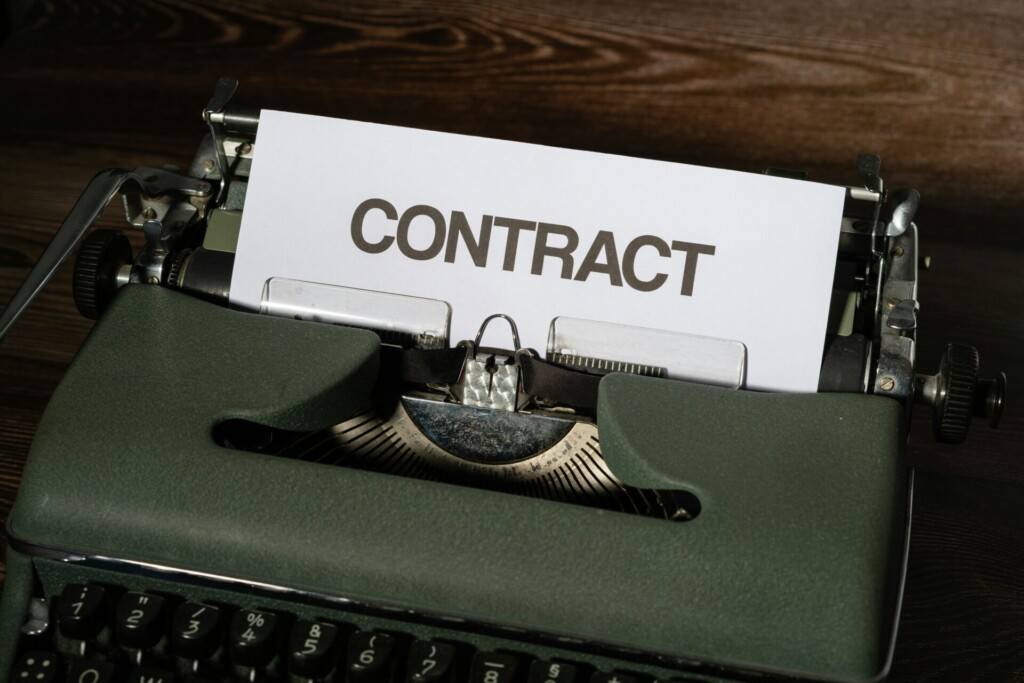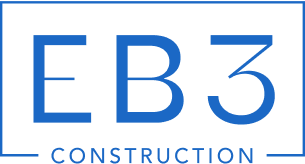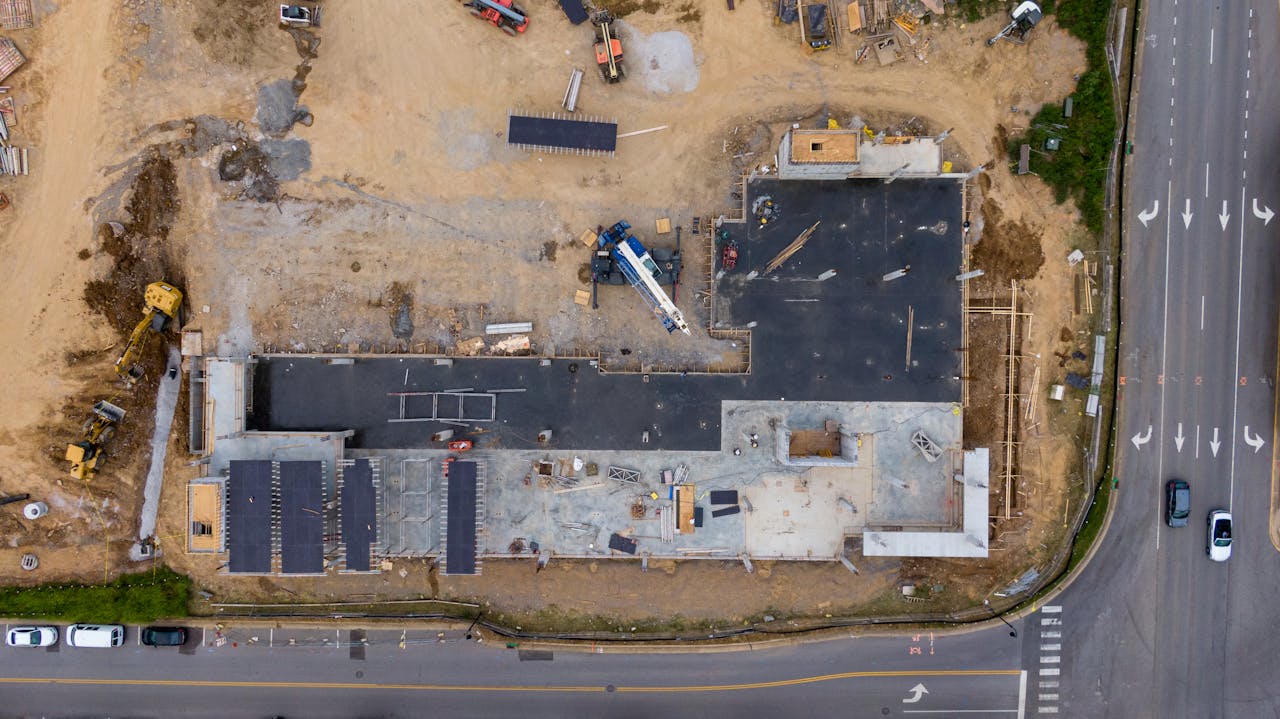The construction industry is facing a significant challenge: material prices have surged in recent years, creating formidable obstacles for projects of all sizes. Steel, lumber, and concrete — the essential building blocks of our work — have experienced price increases that would have been unimaginable just a few years ago. To illustrate, fabricated steel now costs 66% more than it did in 2020. Some materials have reached price levels not seen in four decades.
These dramatic increases aren’t just data points on a spreadsheet. They are transforming the way we plan, bid, and execute projects. The root causes are complex and interconnected: ongoing supply chain issues, widespread economic inflation, and volatile market conditions have all contributed to these shifts. For many of us in the field, the effects are immediate and tangible. Project budgets that once seemed robust are now strained to their limits. Timelines we meticulously prepared are disrupted as we rush to procure materials. And candidly — our industry’s already narrow profit margins are being further compressed.
At EB3 Construction, we are accustomed to overcoming obstacles. However, the magnitude and persistence of these price increases present a challenge unlike any we’ve encountered in recent memory. It requires more than just absorbing higher costs — it necessitates fundamentally rethinking how we approach project planning and risk management in an era of extreme price volatility.
How Can Contractors Adapt Their Budgeting Strategies?

Effective budgeting is crucial for managing rising material costs in the current volatile construction market. At EB3 Construction, we have developed several proven strategies to help our clients handle these financial challenges:
Incorporate Buffer Costs
We set aside additional funds in our project budgets to account for potential price increases. This buffer, typically 5–10% of material costs, provides a financial cushion to absorb unexpected spikes without derailing the project. While it may seem like an extra upfront expense, it often prevents costly delays and change orders later on.
Negotiate Long-Term Supplier Contracts
Our procurement team establishes long-term agreements with key suppliers to lock in more favorable pricing for extended periods. By leveraging our purchasing power and demonstrating our commitment to ongoing business relationships, we often secure better rates and more stable pricing for our clients.
Explore Cost-Effective Alternative Materials
We continuously evaluate alternative materials that reduce costs while maintaining quality and performance standards. For instance, we might recommend engineered wood products as a more affordable alternative to traditional lumber in certain applications. Our deep knowledge of material options allows us to make smart substitutions that optimize the budget without compromising quality.
Implement Regular Price Monitoring
Our estimating team conducts weekly reviews of material pricing trends across key commodities. This vigilant monitoring allows us to quickly identify emerging cost pressures and adjust our budgets and procurement strategies accordingly. We utilize industry publications, supplier communications, and market analysis tools to stay ahead of pricing shifts.
Analyze Historical Project Data
We maintain detailed cost databases from our past projects, allowing us to analyze historical pricing trends and seasonal fluctuations. This data-driven approach enables more accurate forecasting of future material costs. By understanding past patterns, we can better anticipate and plan for potential increases in specific material categories.
By implementing these budgeting strategies, we help our clients maintain greater financial control over their projects, even in the face of volatile material costs. Our proactive approach to cost management is essential to delivering projects on budget and on schedule.
What Contract Strategies Help Manage Price Volatility?

Strategic contract approaches can provide contractors with effective safeguards against severe material price fluctuations. We utilize several key strategies to mitigate these risks:
Escalation Clauses
Escalation clauses allow for adjustments to the contract price when material costs rise beyond predetermined thresholds. For example, if steel prices rise more than 5% above the base price, the contract sum will be adjusted accordingly. This protects us from absorbing major unforeseen price hikes.
Flexible Pricing Models
Cost-plus and other flexible pricing contracts can shift some of the risk of price volatility to project owners. Rather than locking in fixed costs that may become unviable if costs spike, these models allow for more dynamic pricing as market conditions change. However, we’re careful to structure these in a way that’s fair and transparent for all parties.
Price Adjustment Clauses
Similar to escalation clauses, price adjustment provisions allow for modifications to pricing based on market fluctuations. The key difference is these tend to allow for both increases and decreases, protecting all parties from major swings in either direction. We often tie these to published price indices for objectivity.
Force Majeure Clauses
While traditionally used for ‘acts of God,’ we’ve expanded force majeure clauses to potentially cover major supply chain disruptions or other unexpected events impacting material availability and pricing. This provides an avenue for relief if truly unforeseeable circumstances arise.
Risk Sharing Approaches
In some regions, we’re seeing a trend toward more collaborative approaches where contractors and owners agree to share inflation risks. This might involve splitting cost increases above a certain threshold or establishing a shared sliding scale. These models encourage alignment and partnership in managing volatility.
The key with all of these approaches is clear communication and mutual understanding between all parties. We work to explain contract terms in straightforward language and present these as protective tools that benefit the project, rather than complex legal concepts. Our goal is always to structure fair agreements that allow us to deliver successful projects despite market uncertainty.
| Contract Strategy | Description | Benefits |
|---|---|---|
| Escalation Clauses | Allows for contract price adjustments when material costs rise beyond predetermined thresholds | Protects against major unforeseen price hikes |
| Flexible Pricing Models | Uses cost-plus and other flexible pricing contracts to shift some price volatility risk | Offers dynamic pricing, protecting against unviable fixed costs |
| Price Adjustment Clauses | Allows for price modifications based on market fluctuations, including both increases and decreases | Protects all parties from major swings |
| Force Majeure Clauses | Expanded to cover major supply chain disruptions affecting material availability and pricing | Provides relief in truly unforeseeable circumstances |
| Risk Sharing Approaches | Involves sharing inflation risks, such as splitting cost increases above a threshold | Promotes alignment and partnership in managing volatility |
How Supplier Relationships and Materials Management Strategies Help During Shortages

At EB3 Construction, we’ve learned that cultivating strong supplier relationships provides critical advantages during material shortages. By negotiating long-term agreements with key suppliers, we’re able to secure more stable pricing and priority access to inventory when supplies run low. At the same time, we make a point to diversify our supplier base to reduce risk from localized shortages or disruptions with any single vendor.
Our strategic approach to materials management carefully considers the pros and cons of different purchasing strategies. For some materials prone to price volatility, we leverage just-in-time ordering to avoid overpaying due to fluctuations. For items facing ongoing supply chain issues, we place advanced orders to ensure availability. We also selectively stockpile critical materials like steel and timber to provide security, while balancing the associated storage and security costs.
When evaluating early purchasing of materials, we analyze several factors. Buying in advance can protect against future price increases, but it requires dedicated storage space, introduces security concerns, and ties up capital. We carefully forecast demand and monitor market conditions to determine optimal purchase timing and quantities for each material category.
Maintaining strong communication with suppliers also allows us to gain valuable market intelligence. Our vendors often provide early warnings about potential shortages or price increases, allowing us to adapt our strategies proactively. We’ve found that treating suppliers as strategic partners, rather than just transactional vendors, leads to preferential treatment when supplies get tight.
While no single approach works for all situations, combining these supplier relationship and materials management strategies has significantly improved our supply chain resilience. By staying flexible and leveraging a diverse toolkit of tactics, we’re able to mitigate the impact of shortages and continue delivering projects on schedule.
| Strategy | Description | Examples/Applications |
|---|---|---|
| Material Requirements Planning (MRP) | A supply planning method to calculate materials needed based on sales forecasts, production schedules, and inventory levels. | Furniture manufacturer using MRP to determine lumber and fabric needs. |
| Procurement/Purchasing Management | Oversees sourcing and acquisition of materials, including supplier relationships and price negotiation. | Collaborating with suppliers for better contract terms and pricing. |
| Inventory Management | Control, track, and replenish stock to ensure the right level of materials is available. | Preventing overstocking and stockouts through regular audits and data monitoring. |
| Warehouse Management | Governs the storage and movement of materials within a warehouse for efficiency. | Using robotic systems for order picking and packing. |
| Transportation Management | Coordinates movement of materials from suppliers to production facilities to ensure timely delivery. | Route planning to improve delivery times and reduce costs. |
Conclusion: Moving Forward Amid Rising Material Costs

Rising material costs pose significant challenges for our industry, yet we remain confident in our ability to manage this environment through strategic planning and adaptability. By implementing rigorous budgeting, carefully structuring contracts, fostering strong supplier relationships, and maintaining transparent communication with clients, we can effectively manage cost pressures without compromising quality or client satisfaction.
The construction landscape is evolving, but our commitment to finding innovative solutions allows us to protect project viability and profitability even as material prices fluctuate. Through proactive measures like early procurement, value engineering, and leveraging technology for enhanced efficiency, we are building resilience into our operations. This adaptable approach positions us to not only tackle challenges but also thrive amid changing market conditions.
Ultimately, our success hinges on remaining agile, embracing new methodologies, and viewing rising costs as opportunities to refine our processes. By staying ahead of industry trends and continually improving our cost management strategies, we can ensure the delivery of high-quality projects that meet both budgetary constraints and client expectations. The road ahead may be complex, but with the right tools and mindset, we are prepared to build a strong future for our clients and our industry.
Ready to explore how we can help manage costs on your next project? Contact EB3 Construction today.




